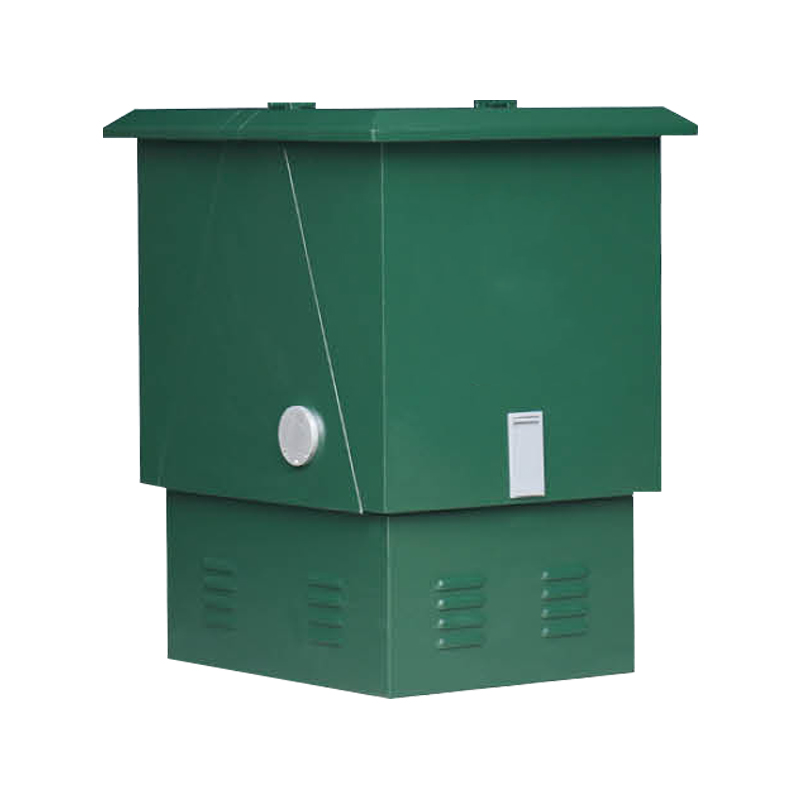Industry News
Understanding the Function and Use of Main Cable Junction Boxes
A Main Cable Junction Box is an essential component in electrical systems, serving as a protective enclosure for connecting and managing multiple electrical cables. It helps organize wiring, facilitates maintenance, and ensures safety in residential, commercial, and industrial electrical installations. These junction boxes are designed to accommodate the main supply cables and distribute electrical power efficiently to various circuits.
The typical main cable junction box is made from materials such as plastic, metal, or composite substances, selected for their insulation properties, mechanical strength, and resistance to environmental factors. Inside the box, terminals, busbars, or connectors are arranged to secure cable ends and manage electrical flow.
Some junction boxes are designed with weatherproof seals and reinforced enclosures to protect internal components from moisture, dust, or corrosive substances. This is particularly important for installations in outdoor or industrial environments.
The box serves as a central hub where incoming main power cables are connected and distributed to different circuits, such as lighting, outlets, HVAC systems, and other equipment.
It provides physical protection to the connections and terminals, reducing the risk of electrical shock, short circuits, or fire caused by exposed or damaged wires.
Technicians can access the junction box to test voltage, inspect wiring, or isolate problems without dismantling large sections of the system.
The box helps maintain orderly wiring layouts, small clutter and reducing the risk of mechanical damage or interference between cables.
Main cable junction boxes vary in design based on application needs:
Surface-Mounted Boxes: Installed on walls or panels, typically in areas where the junction needs to be visible and accessible.
Flush-Mounted Boxes: Installed inside walls or ceilings for a more concealed look, commonly used in residential and commercial interiors.
Underground Junction Boxes: Used in buried electrical systems, often waterproof and made from robust materials for long-term durability.
These boxes are widely used in:
Residential Power Distribution: Managing incoming power from the main service line and distributing it to rooms and appliances.
Commercial Buildings: Handling higher power demands and connecting multiple circuits across different floors or zones.
Industrial Facilities: Supporting complex systems involving machinery, control panels, and backup power units.
Renewable Energy Systems: Connecting outputs from solar panels or wind turbines to the main grid or storage systems.
The installation of a main cable junction box must comply with local electrical codes and standards to ensure safety and reliability. Proper sizing is important, as overcrowded boxes can pilot to overheating or arcing. Grounding and insulation should be verified to avoid potential hazards.
Additionally, using certified components and following the manufacturer's instructions can improve system lifespan and small risk. Qualified professionals are generally recommended for installation, especially in systems with high voltage or complex layouts.
The main cable junction box is a fundamental component of modern electrical systems, offering a practical way to connect, protect, and manage multiple power cables. Its role in enhancing safety, facilitating maintenance, and supporting scalable wiring designs makes it valuable in both small-scale and large-scale installations. When properly selected and installed, it contributes to the overall efficiency and safety of electrical infrastructure across various environments.

Next
An Overview of Photovoltaic (PV) Modules and Their Applications
<p><a href="/" target="_blank">Photovoltaic (PV) modules</a> a...
View More- PRODUCTS
- New Energy Power Distribution Equipment
- Box Type Substation
- Cable Branch Box/Switch Station
- High Voltage Switchgear
- Low Voltage Switchgear
- Engineering Vacuum Circuit Breaker
- New Energy Vehicle Floor Charging Pile
- Commercial Energy Storage
- Photovoltaic Complete Box
- High Voltage Arrester
- INFORMATION
-
-
Phone+86-13868788848
+86-13356188725 -
Tel+86-0577-88810567
-
E-mail
-
AddNo. 59, Youyi Road, Xinguang Industrial Zone, Liushi Town, Yueqing City, Zhejiang, China
-
- ENQUIRE WITH US
Photovoltaic Module Manufacturer




 English
English  中文简体
中文简体  русский
русский  Español
Español  عربى
عربى 


